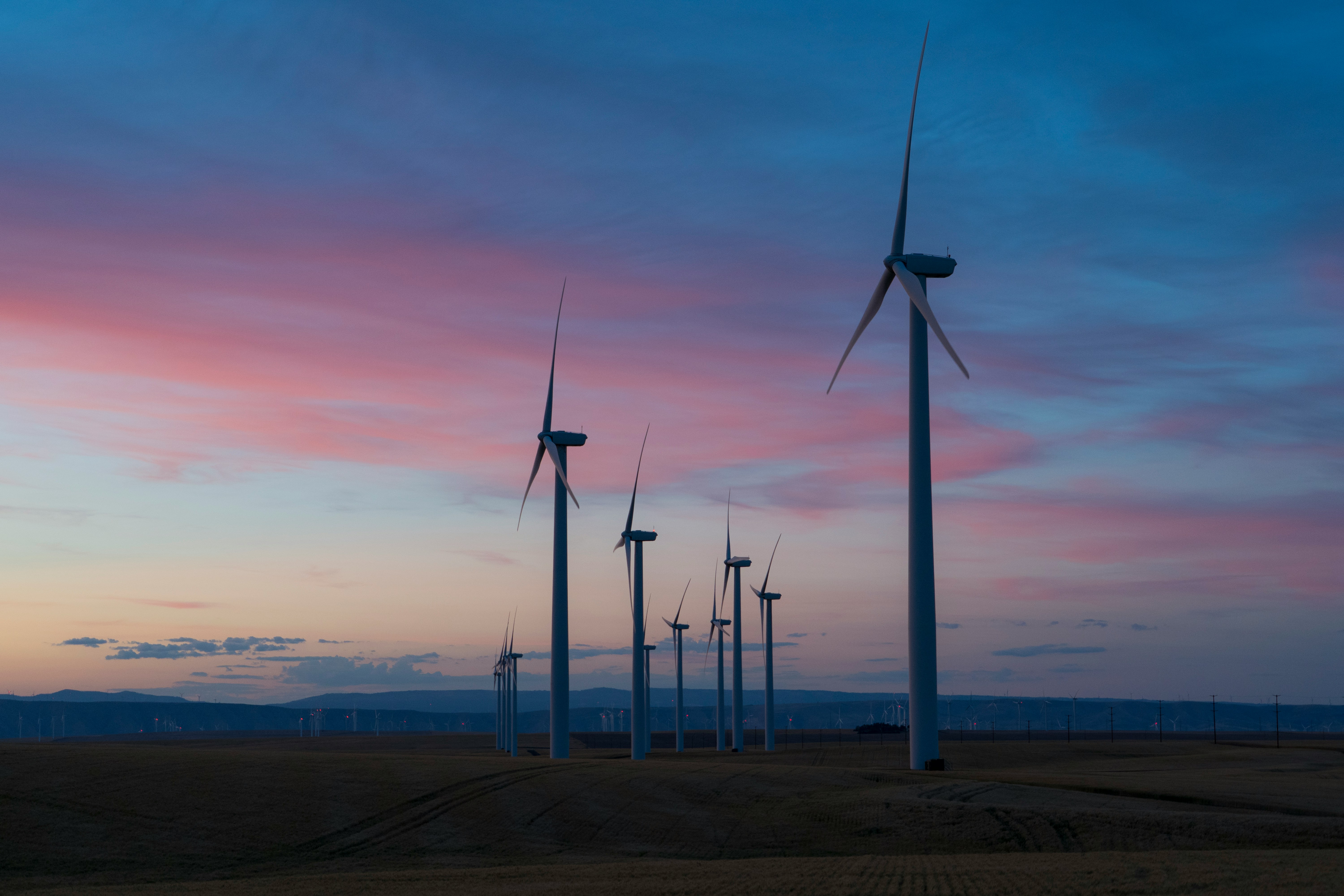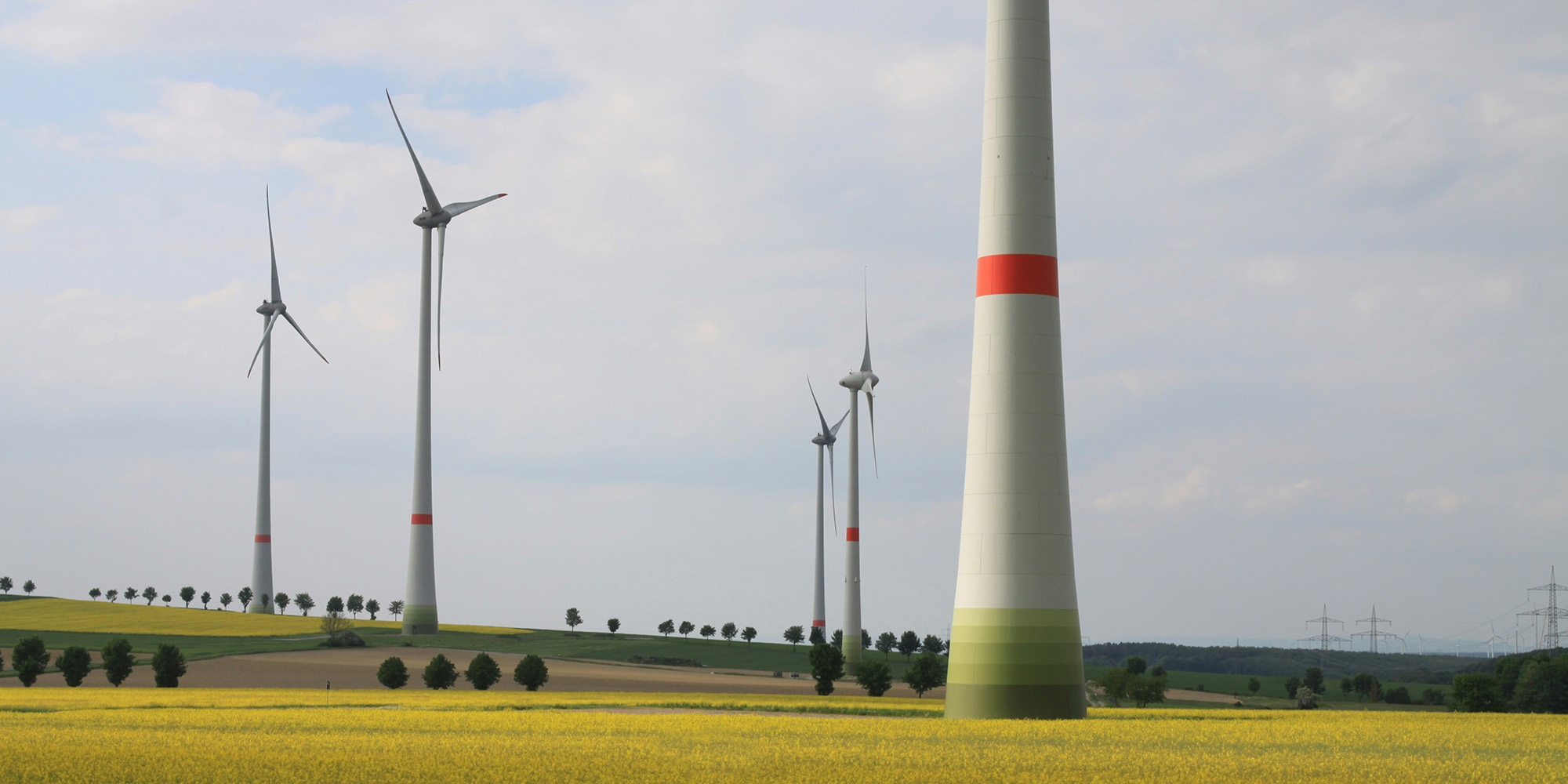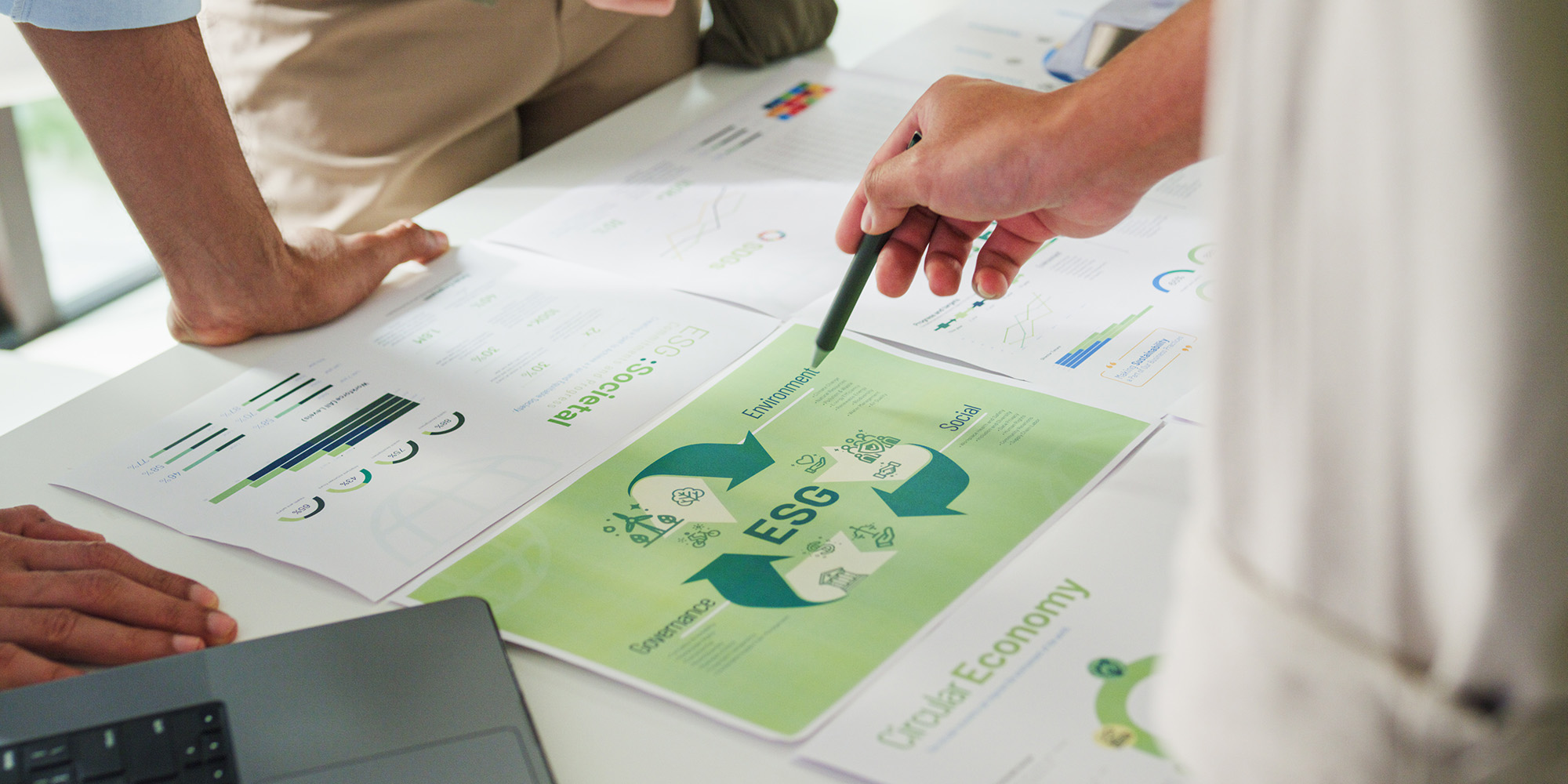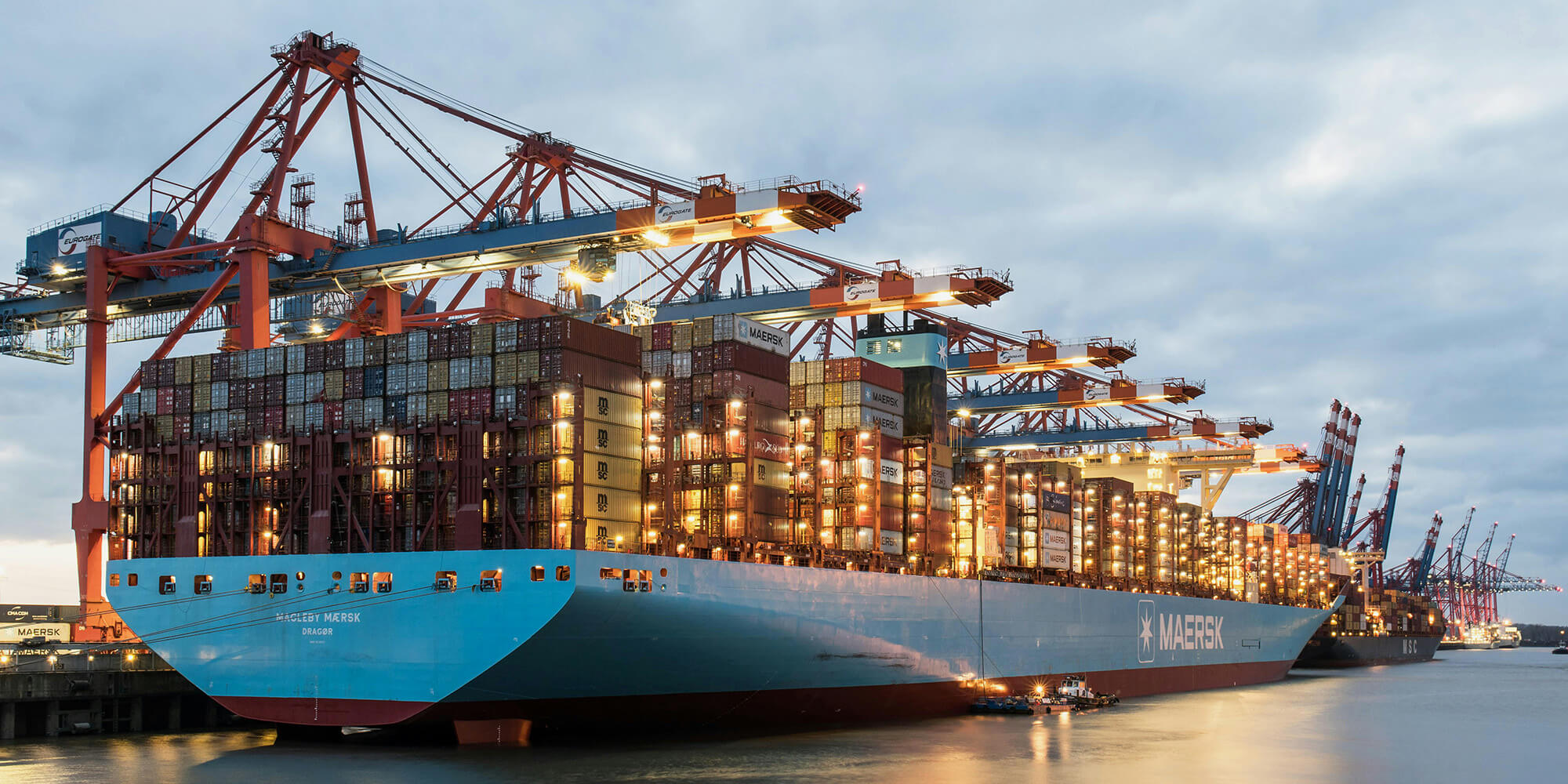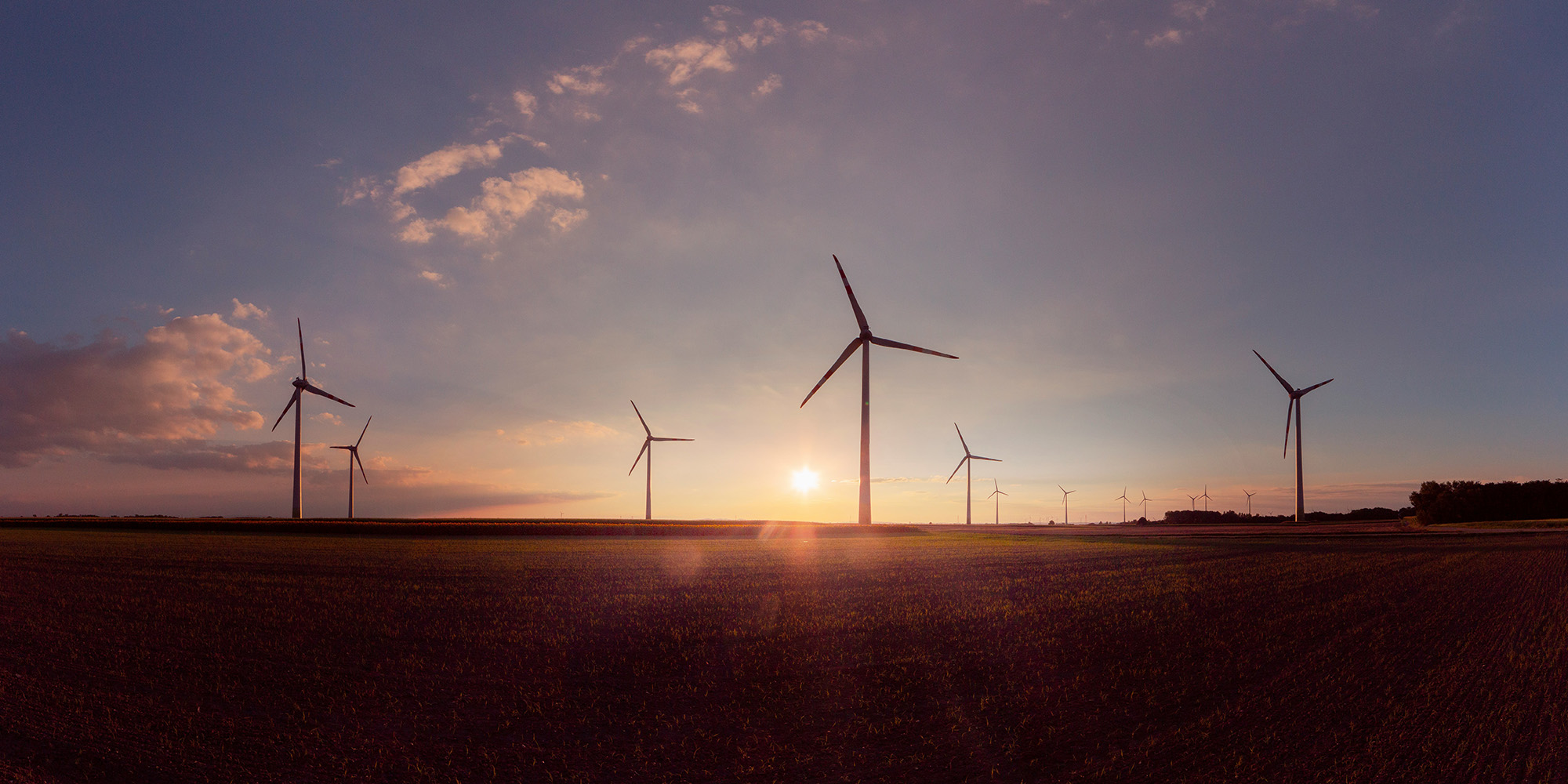Questions about PPAs
A valid question is of course what drives this activity? And what exactly is being achieved when using a PPA structure for procuring power? Will PPAs contribute to a changing energy policy in local markets? Are PPAs needed to make valid renewable claims? Will any PPA contribute directly to building more wind and solar power? Is using a PPA structure, to purchase directly from the power plant owner, “better” than purchasing the same renewable power through a local power supplier? Do all PPAs have real impact?
Before exploring the pros and cons of using PPAs as a primary procurement tool, it is important to take a quick look at the climate change backdrop that drives most of this corporate behaviour.
Climate change backdrop
The UN IPCC has created the roadmap needed to limit global heating to below 2 degrees. This clearly defines the next 10 years as critical. In 2030, global GHG emissions need to be 45-50% lower than in 2010. The global share of renewable power generation needs to increase from 25% to 50% in the same period. In a global perspective, where energy consumption will continue to rise, it means that renewable generation needs to more than double – adding capacity able to produce an additional 8,000 TWh. Staggering numbers – but still within reach.
The good news is that available renewable technology will likely get us there. In addition, we also experience the first real shift of investments flows from the dirty fossil sector to clean renewables.
Initiatives by international businesses
The real challenge now is the short time available and our joint ability to quicken the pace of deployment.
The industry and business sector use half the power generated globally, and energy contributes heavily to corporate carbon footprint. Numerous international businesses have connected the dots and have been aggressively exploring how to access 100% renewable power across all own operations. More than 225 leading multinationals have joined the global initiative RE100 and have pledged to go 100% renewable. A majority by 2020, others by 2030 or 2040 for some heavy emitters. This is all good and quite impressive compared to the slow pace of many national policy makers.
Documentation for renewable sourcing
To provide transparent and credible tracking and documentation for renewable sourcing – three main standards exist. These standards are endorsed by key stakeholder organizations like the RECS International, the GHG Protocol, ISO 1406x and CDP – among others. In Europe, the system of Guarantees of Origin is used, the REC standard in North America, while numerous countries across all other continents are adopting the International REC standard. The generic term for the above is EACs (Energy Attribute Certificates).
EACs track all renewable purchases – also PPAs
The use of EACs is growing fast. EACs are increasingly being used to document any and all renewable purchases – either through a local power supplier, a PPA or from own renewable asset located offsite and delivering power to the grid. Using EACs to track and document renewable purchases is the basis for making valid renewable and carbon reduction claims. Without EACs, no valid claims can be made.
![]()
Different type of PPAs
PPAs in its simplest form is a long-term power contract between a generator and an offtaker. PPAs have been around for a hundred years but have primarily been used as an instrument to hedge power prices for power intensive industry. Such PPAs have limited or no positive impact on new renewable production, nor on off-taker’s renewable, carbon and sustainability- reporting.
Modern PPAs come in all shapes and forms. Some more complex than others, and some with more impact and relevance than others. It is therefore worrisome that almost any direct long-term power contract is hailed as showing leadership. When reviewing available statistics, market trends and media coverage from various experts, key stakeholder organizations, policy makers and market players, there is surprisingly little focus on dissecting the PPA jungle.
What is PPA leadership?
To ensure that PPAs continue to be a respected and credible instrument for corporate renewable procurement, there needs to be a willingness to look at PPAs with a more nuanced view. Instead of diving into the traditional legal and financial complexity – which primarily is about balancing risk for the contractual parties, I would suggest paying more attention to two other characteristics; namely the choice of power plant and the use of EACs to document the purchase of the power.
PPA options

“Newbuilt” project creates impact
Firstly, to show corporate leadership and create lasting impact, procuring from a power plant that is yet to be built (“Newbuilt”) is key. Such a PPA will simply provide security for future revenue streams and make the project bankable. New clean power will flow to the local grid and is likely to displace existing fossil-based generation. This very much the ideal option that corporates should strive for. And many do. But not enough. Many PPAs are still done with older power plants, and still hailed as “leadership” action with direct impact.
Include the EACs for valid claims
Secondly, to be able to claim and report on ambitious renewable targets, it is critical that the PPA includes the EACs. Without this documentation, it is difficult to make valid claims and credible communication to external stakeholders.
In Ecohz we believe that corporate “climate leaders” should get the credit they deserve. They change and reshape the energy landscape by their actions. We need their ability to act fast, and to challenge national and global policy makers.
In dialogue with our corporate clients the topic of PPAs is often on the agenda. In certain cases, a PPA does not fit with the strategic needs of the client. And in many markets and regions, PPAs are not viable options, and purchasing renewable power documented with EACs from the supplier is the best option.
The answer to maximize impact for climate and business
When the signing of a PPA is both strategically aligned with long-term business needs and an attractive option in the relevant market, our advice will always be to identify a “Newbuilt” project and to include the purchase of the EACs. This maximizes impact for the climate and for the business.
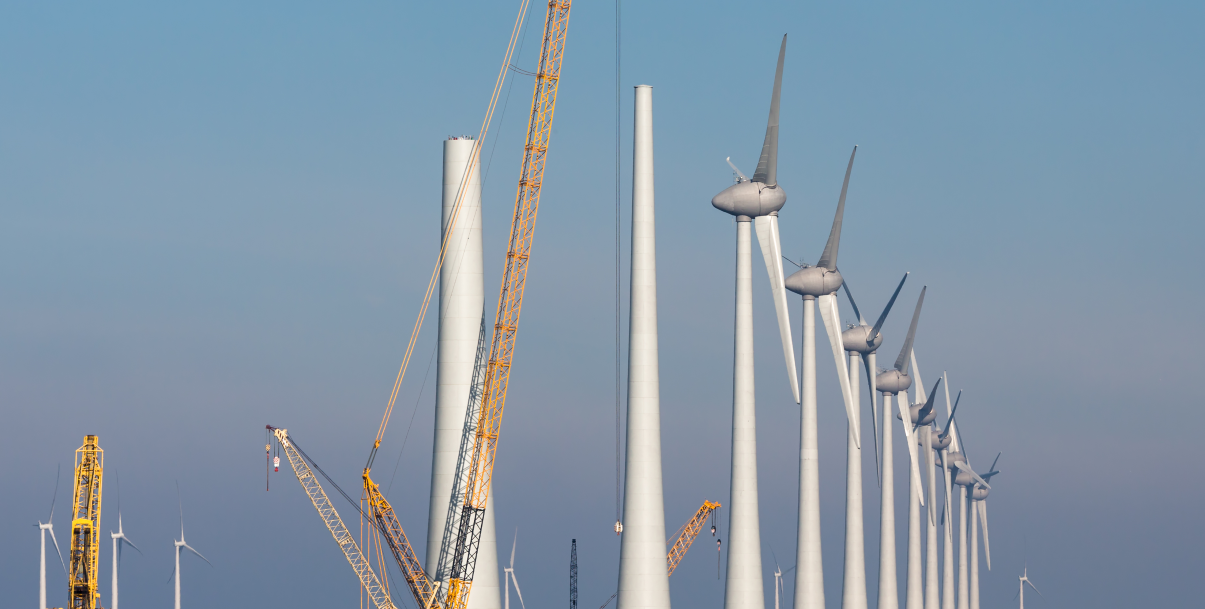
.png?width=3840&height=2560&name=Sun(1).png)

.png?width=3840&height=2560&name=Landscape_2(1).png)
